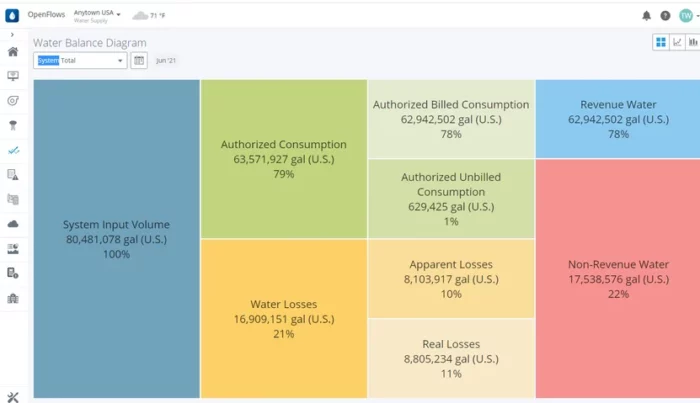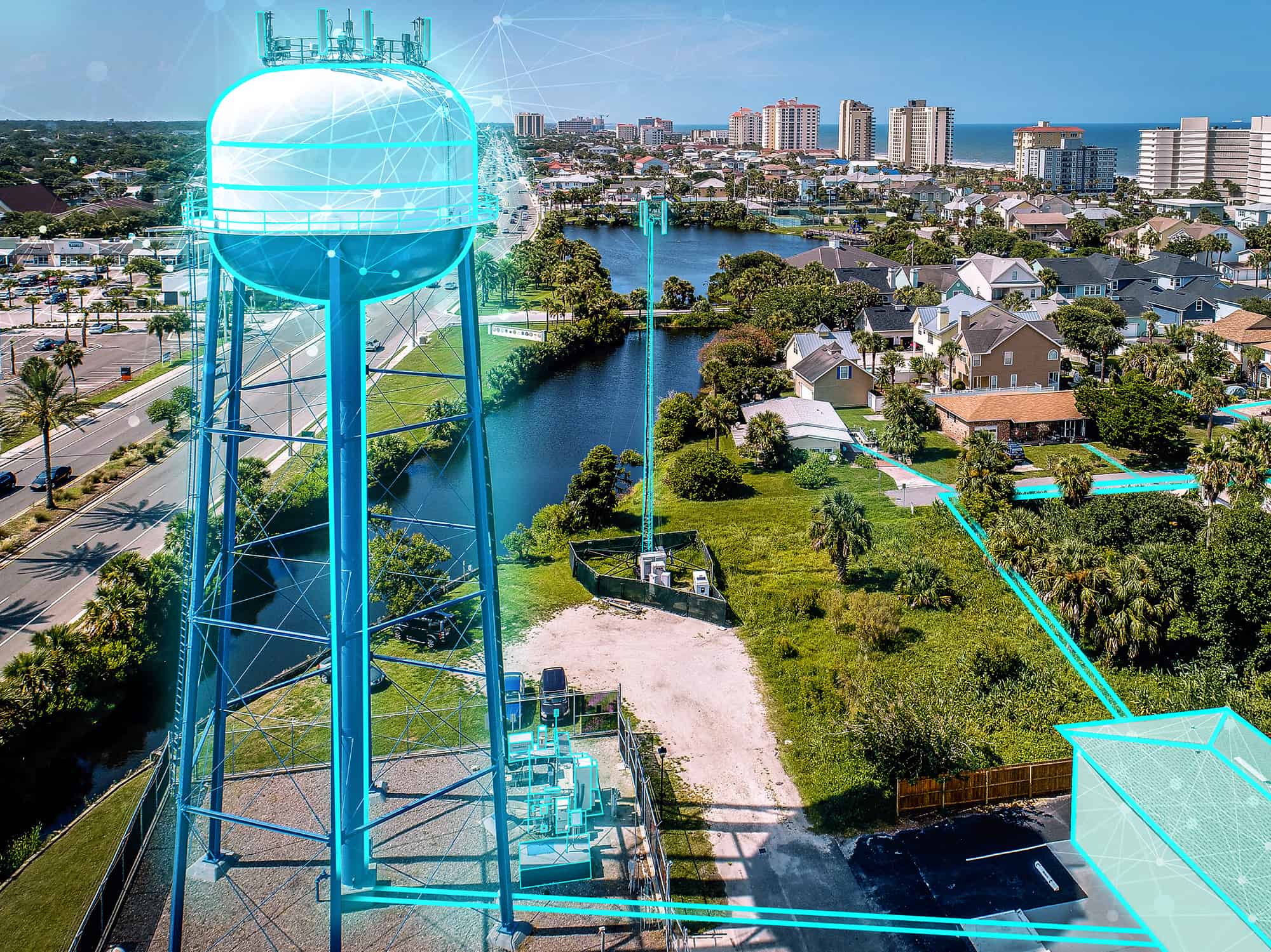These days, I get involved in a lot of discussions about “digital twins”. One of the most common questions is, “What is a digital twin?” With so many people talking about this, you would think that by now there would be a clear definition. Several organizations have written definitions. I sit on an AWWA Committee whose mission is partly to come up with a definition. So far, we haven’t come up with the perfect definition, and we probably won’t.
A Digital Twin
Defining a digital twin is like the story of the blind men who were asked to describe what an elephant is. Depending on which part of the elephant they touch, each had a different description. If you ask 10 people in the water industry to define a digital twin, you’ll get 11 different answers. The truth is that your digital twin is what you make it to be.
A digital twin is the latest rung on the ladder of digital evolution. It started with paper maps, construction drawings, and manual hydraulic calculations; then evolved to CAD construction drawings, digital maps, computerized hydraulic models, and telemetry systems; further to BIM models, SCADA systems, GIS, and models integrated with operations; and further still to the realization that these technologies can be married together in a digital twin to provide a holistic view of a water or wastewater system.
Our job at Bentley Systems, as a software company, is to provide the software to make this happen. In some cases, it involves developing best-in-breed software, ranging from MicroStation to WaterGEMS and SewerGEMS. In others, it’s using data from other systems like SCADA, meter reading, GIS, and many others to provide a complete view of the system instead of the siloed view that has evolved until now.
Bentley Systems has a much wider view of digital twins that simply water and wastewater. The Bentley definition is, “A digital twin is a digital representation of physical assets, processes, or systems, as well as the information that allows us to understand and model its performance”. Our claim is that Bentley Systems is THE digital twin company. This is backed by our iTwin platform that has been created to facilitate digital twins.
Key Features
The key feature of digital twins that differentiates it from other technologies is that it is not a single technology, but is based on integration of multiple software technologies to support decision-making. In our offering, we have tools to:
- Display system status and alerts in a useful dashboard format
- Predict problems before they happen using modeling
- Respond to emergencies using modeling
- Display SCADA and IoT data to identify anomalies in various data based on historical patterns
- Develop water balances on different temporal and spatial scales using metering and SCADA data
- Detect pumping operation and equipment that may not be operating as efficiently as possible
- Provide input to asset management decisions
Integrating data from multiple sources sounds easy when you look at it from a distance. However, the devil is in the details and we are getting very good at finding and fixing the quirks in user data so that we can work with data in many forms from many sources.
At Bentley Systems, we have evolved beyond the OpenFlows models for water/wastewater/stormwater into the holistic world of systems that fulfill the promise of digital twins, however you define it.
Learn more about digital twins for water here and here.


Want to learn more from our resident water and wastewater expert?
Join the Dr. Tom Walski Newsletter today!










